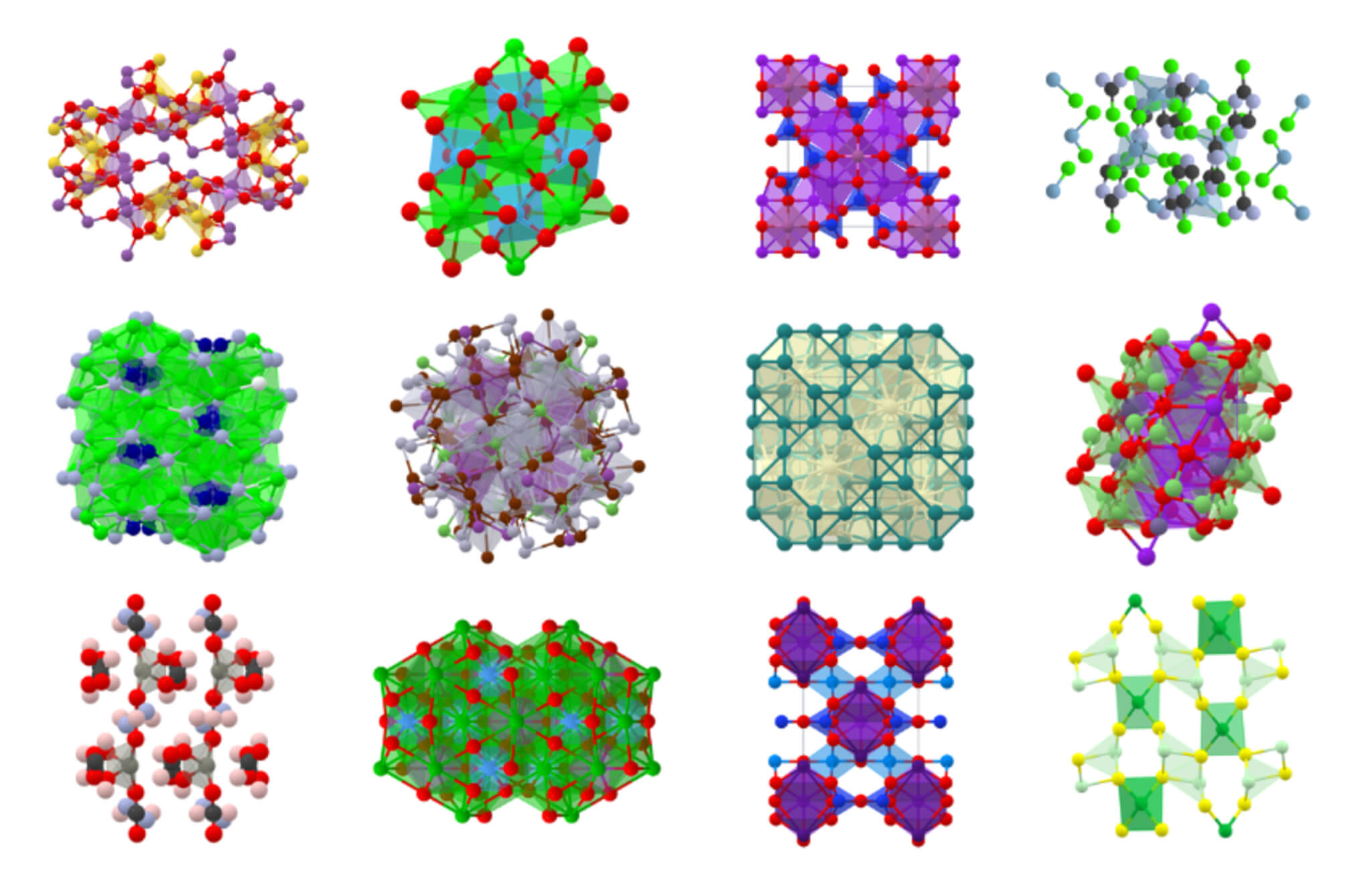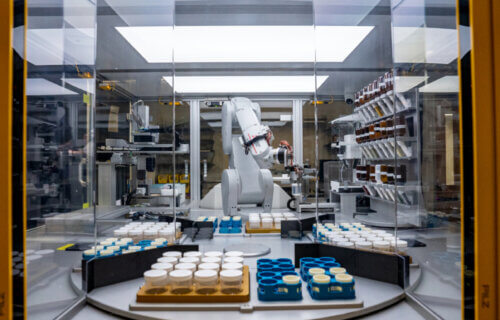BERKELEY, Calif. — Tech giant Google has made a significant contribution toward accelerating material innovation for future technologies. Google DeepMind, its artificial intelligence lab, has added hundreds of thousands of new compounds to the Materials Project — an open-access database initiated at the Lawrence Berkeley National Laboratory in 2011 — which serves as a pivotal resource for computing properties of both existing and anticipated materials, aiming to revolutionize numerous technological fronts.
The latest infusion by Google DeepMind comprises nearly 400,000 novel compounds, enriching the existing repository with crucial details like crystal structures and formation energies.
“We have to create new materials if we are going to address the global environmental and climate challenges,” says Kristin Persson, the founder and director of the Materials Project at Berkeley Lab and a professor at the University of California-Berkeley, in a media release. “With innovation in materials, we can potentially develop recyclable plastics, harness waste energy, make better batteries, and build cheaper solar panels that last longer, among many other things.”
Google DeepMind developed a sophisticated deep learning tool named Graph Networks for Materials Exploration (GNoME). This AI system was trained using extensive workflows and data accumulated over a decade by the Materials Project, resulting in the generation of 2.2 million crystal structures. Among these, 380,000 stable structures have been integrated into the Materials Project, offering vast potential for future technologies.

The incorporation of GNoME’s computations in tandem with the Materials Project data facilitated trials at A-Lab, an AI-guided facility at Berkeley Lab for crafting new materials. A-Lab showcased its prowess by autonomously producing 41 new compounds within 17 days, a remarkable rate that surpasses human-intensive methods by a significant margin.
“We had this staggering 71 percent success rate, and we already have a few ways to improve it,” explains Gerd Ceder, the principal investigator for A-Lab and a scientist at Berkeley Lab and UC Berkeley. “We’ve shown that combining the theory and data side with automation has incredible results. We can make and test materials faster than ever before, and adding more data points to the Materials Project means we can make even smarter choices.”
Ekin Dogus Cubuk, lead of Google DeepMind’s Materials Discovery team, expressed optimism about driving inorganic crystal research forward.
“External researchers have already verified more than 736 of GNoME’s new materials through concurrent, independent physical experiments, demonstrating that our model’s discoveries can be realized in laboratories,” says Cubuk.
The integration of Google DeepMind’s compounds into the Materials Project is underway, with the data set to be freely accessible for researchers and instrumental in augmenting collaborative projects like A-Lab.
Despite these remarkable strides, Persson emphasized the complexities of translating computational discoveries into commercially viable materials.
“I’m really excited that people are using the work we’ve done to produce an unprecedented amount of materials information,” says Persson, who is also the director of Berkeley Lab’s Molecular Foundry. “This is what I set out to do with the Materials Project: To not only make the data that I produced free and available to accelerate materials design for the world, but also to teach the world what computations can do for you. They can scan large spaces for new compounds and properties more efficiently and rapidly than experiments alone can.”
The Materials Project, alongside facilities like A-Lab, aims to leverage data-driven exploration, presenting a myriad of opportunities for companies to pursue innovative materials more efficiently.
The study is published in the journal Nature.
You might also be interested in:
- Best Google Chrome Extensions: Top 5 Plugins Most Recommended By Experts
- Revolutionary material stronger than steel yet as light as plastic developed by MIT scientists
- New Google headquarters flaunts ‘first-of-its-kind dragonscale skin’ solar panels for optimal energy efficiency

